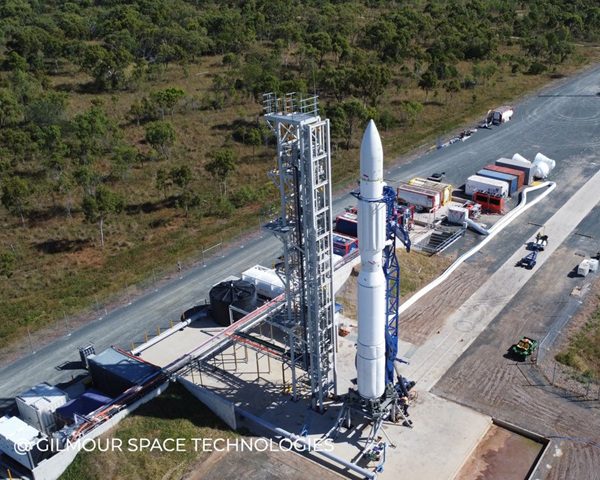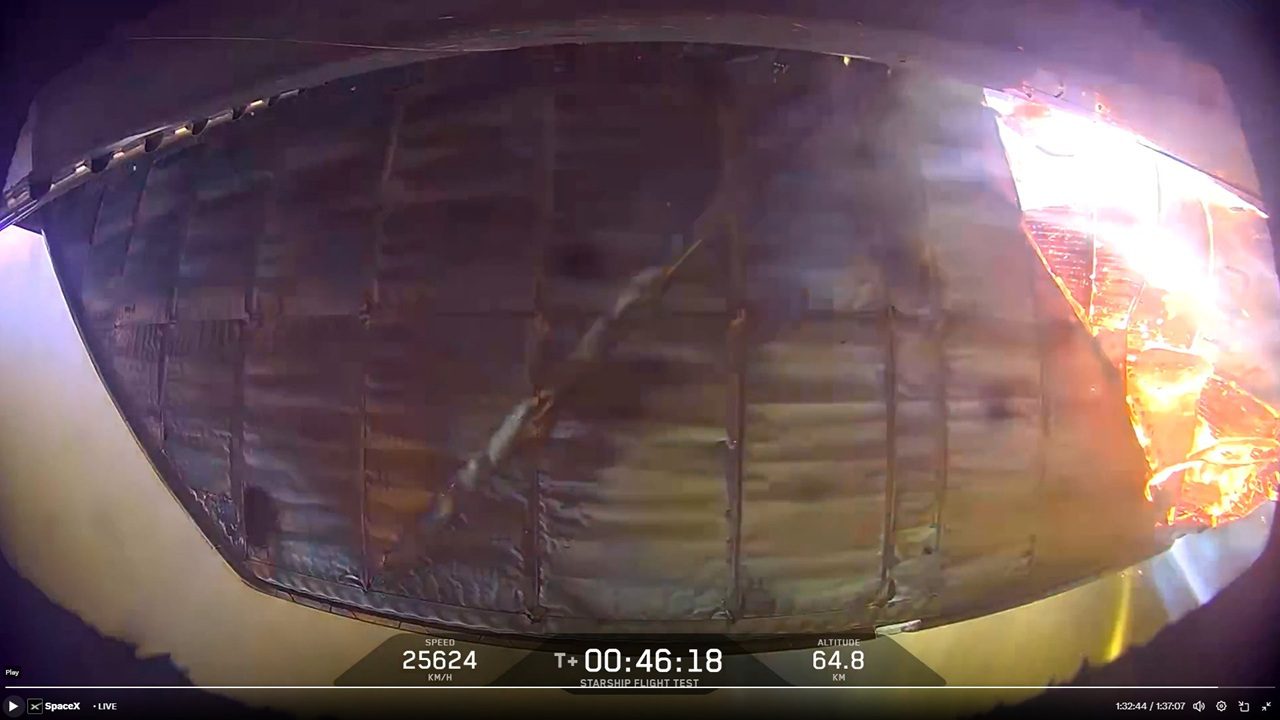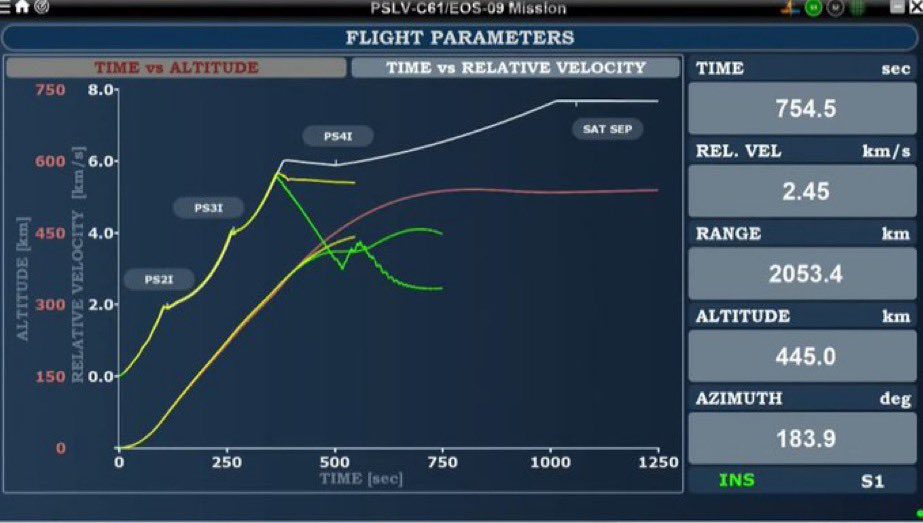We hear a lot about the Ares I crew launch vehicle and not a lot of good so NASA’s Project Orion team and its Lockheed Martin contractor are probably happy for that unloved rocket to be a lightning rod for those who aren’t too keen on Constellation on the whole. But in a recent edition of Johnson Space Center’s 8th Floor News email circular a little bit of Orion history was revealed
When you consider that Lockheed got the contract in August 2006 and they had been working on Orion with NASA, admittedly in competition with others, since March 2005, when phase one of the solicitation began, you realise that we are now four years on and still we are seeing requirements changes
You begin to wonder if maybe they should have spoken to the lunar scientists about what they wanted first – my understanding is that the increased data rate is in part due to high definition (is that 720p or 1080p?) television imagery that scientists want – rather than start with what seems to have been a political, industrial strategy that set in stone, or at least baked clay, vehicle design way too early
Flight had reported the swopping out of the High Gain antenna for a phase array system and below we get to find out what that meant, not the mass saving anyone expected apparently
C&T Architecture Design Decision
At last weeks VICB, a decision was made on the C&T architecture for Orion. Some history is that the Orion C&T sub-system received Program Direction in May ’08 to stop work on the 606E Comm system architecture and instead pursue a phased array, high rate S-Band system and delete Ka/High Gain antenna for mass savings. C&T then spent June to Oct ’08 doing a requirements realignment activity for submission back to Lockheed. Lockheed’s answer back to C&T (via the C&T SSR) in Dec ’08 identified unacceptable mass/power impacts to the vehicle under this new 8Mbs Phased array system. The Program then redirected C&T to have Lockheed go off and perform trade studies on three separate comm architectures to find a path forward. LM traded three main architectures:
1. 606E – the baseline design from May of ’08 that included an S-Band system and a Ka-Band system (this design was broken from an ops assessment due to hot switching issues and being very power in-efficient)
2. Hybrid “Lite” – a combination of phased array S-Band at low data rates with a High Gain Antenna for both S-Band and Ka-Band at higher rates (fixed the hot switching issues and a lot better on power)
3. 606E Modified – an improvement of 606E involving moving S-Band electronics out to the antennas themselves, thereby reducing line losses (also fixed hot switching, better on power but risky from a design maturity standpoint)
The recommended architecture was Option #2, the Hybrid Lite system, which is also the design that Ops rated as most favorable. With this system, Orion will have a High Gain Antenna (HGA) deployable dish that can be used for both S-Band and Ka-Band comm simultaneously. This will be in addition to a small phased array S-Band system that will nominally provide 72/192k data rates (with the ability for a 500kbps return data rate possible).
But will this change again? What is also interesting is the 606E design is still the baseline almost a year after it was approved in May last year although is this 606E Modified an official designation or just a temporary reference to something that could become 606F? I am guessing there will have to be a 606F because the design will have to change from 606E due to heat shield and airbag system decisions that are yet to emerge
Over to Lockheed Martin’s Thomas James for a comment perhaps, as he’s suddenly become vocal again about Constellation
Considering how long this is all taking I do begin to wonder if the plan was always to just tread water with endless design analysis cycles until Shuttle was gone in the knowledge that there was no budget for building anything and serious testing until then while the president’s policy required work to start on something ASAP







